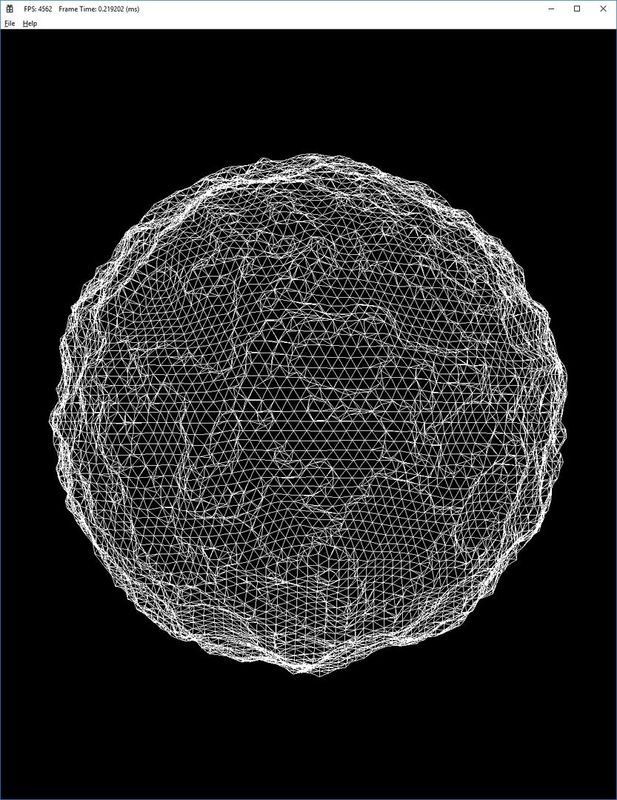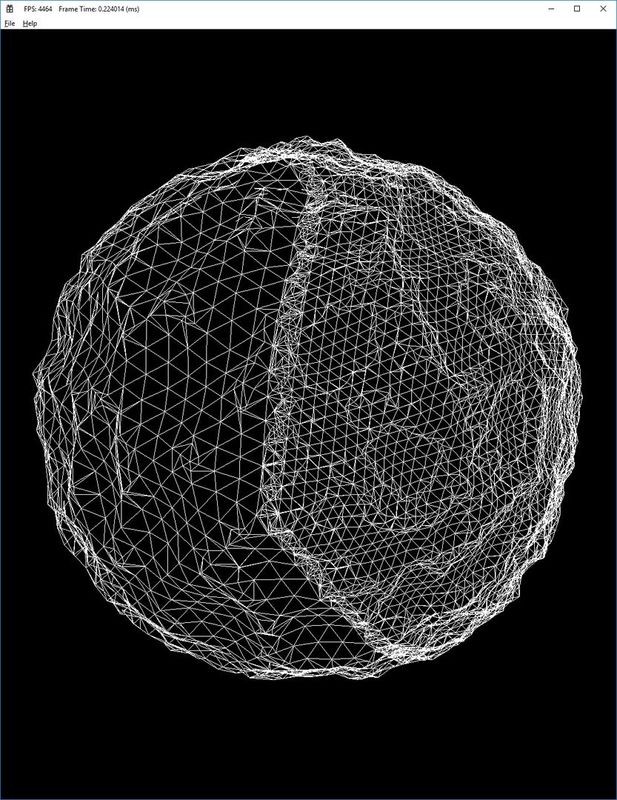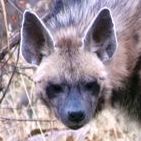For this entry we implemented the ubiquitous Ridged Multi-fractal function. It's not so interesting in and of itself, but it does highlight a few features that were included in our voxel engine. First as we mentioned, being a voxel engine, it supports full 3D geometry (caves, overhangs and so forth) and not just height-maps. However if we look at a typical world these features are the exception rather than the rule. It therefor makes sense to optimize the height-map portion of our terrain functions. This is especially true since our voxels are vertically aligned. This means that there will be many places where the same height calculation is repeated. Even if we look at a single voxel, nearly the same calculation is used for a lower corner and it's corresponding upper corner. The only difference been the subtraction from the voxel vertex position. ......
Enter the unit sphere! In our last entry we talked about explicit voxels, with edges and faces and vertexes. However all edges and faces are not created equal. Horizontal faces (in our case the triangular faces), and horizontal edges contain a special pointer that references their corresponding parts in a unit sphere, The unit sphere can be thought of as residing in the center of each planet. Like our world octree, it is formed from a subdivided icosahedron, only it is not extruded and is organized into a quadtree instead of an octree, being more 2D in nature. Vertexes in our unit sphere can be used to cache height-map function values to avoid repeated calculations. We also use our unit sphere to help the horizontal part of our voxel subdivision operation. By referencing the unit sphere we only have to multiply a unit sphere vertex by a height value to generate voxel vertex coordinates. Finally our unit-sphere is also used to provide coordinates during the ghost-walking process we talked about in our first entry. Without it, our ghost-walking would be more computationally expensive as it would have to calculate spherical coordinates on each iteration instead of just calculating heights, which are quite simple to calculate as they are all generated by simply averaging two other heights.
Ownership of units sphere faces is a bit complex. Ostensibly they are owned by all voxel faces that reference them (and therefore add to their reference counter) . However this presents a bit of a problem as they are also used in ghost-walking which happens every LOD/re-chunking iteration, and it fact they may or may not end up being referenced by voxels faces, depending on whether mesh geometry is found. Even if no geometry is found we may want to keep them for the next ghost-walk search. To solve this problem, we implemented undead-objects. Unit sphere faces can become undead and can even be created that way if they are built by the ghost-walker. When they are undead they are kept in a special list which keeps them psudo-alive. They also have an un-dead life value associated with them. When they are touched by the ghost-walker that value is renewed. However if after a few iterations they are untouched, they become truly dead and are destroyed.
Picture time again.....
So here is our Ridged Multi-Fractal in wire frame. We'll flip it around to show our level transition........
Here's a place that needs a bit of work. The chunk level transitions are correct but they are probably a bit more complex than they need to be. We use a very general voxel tessellation algorithm since we have to handle various combinations of vertical and horizontal transitions. We will probably optimize this later, especially for the common cases but for now it serves it's purpose. Next up we are going to try to add threads. We plan to use a separate thread(s) for the LOD/re-chunk operations, and another one for the graphics .







This is ridiculously awesome. That's about all I can say about it.